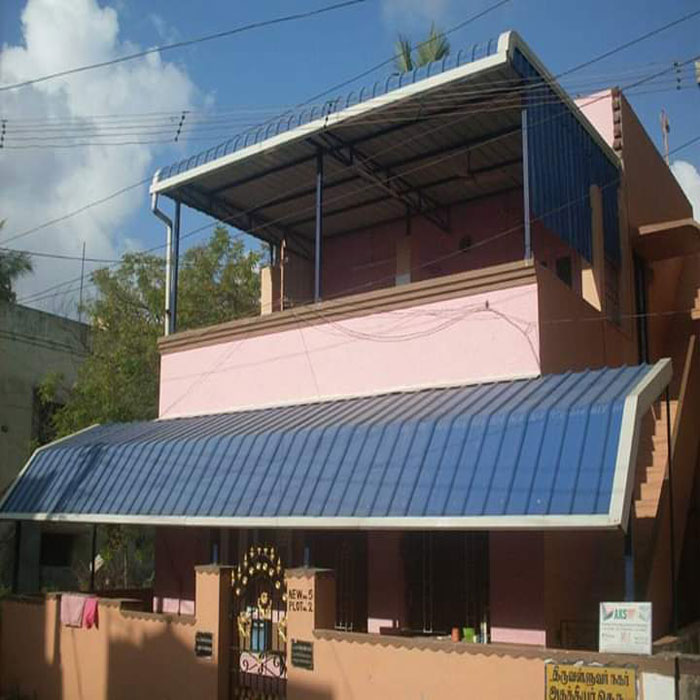


Residential terrace roofing is an integral aspect of home design and construction, providing shelter and protection to the inhabitants while adding aesthetic appeal to the property. However, the cost associated with terrace roofing can vary significantly based on several factors. In this essay, we will explore the key considerations that influence residential terrace roofing costs, enabling homeowners to make informed decisions and budget effectively.
The choice of roofing materials plays a crucial role in determining the overall cost. Common terrace roofing materials include asphalt shingles, metal roofing, concrete tiles, and slate. Each material comes with its own set of advantages and disadvantages, and their costs can vary widely. Asphalt shingles are generally more affordable, while slate tends to be on the higher end of the cost spectrum due to its durability and aesthetic appeal.
The complexity of the roof design significantly impacts the overall cost of terrace roofing. A simple, flat roof is generally less expensive to install than a complex, multi-level design with angles and slopes. The intricacy of the design may require more labor and specialized expertise, contributing to higher costs.
Skilled labor is a critical component of terrace roofing installation. Labor costs can vary based on geographical location, the experience of the roofing professionals, and the complexity of the project. Additionally, labor costs may be influenced by factors such as accessibility, safety requirements, and local building codes.
The size of the terrace roof, measured in square footage, directly affects the overall cost. Larger roofs require more materials and labor, contributing to higher expenses. Homeowners should accurately measure the roof size to receive accurate cost estimates.
Additional features such as skylights, ventilation systems, and chimneys can add to the overall cost of terrace roofing. These accessories not only enhance functionality but also contribute to the complexity of the installation process, impacting labor costs.
The geographical location of the residence and local climate conditions can influence the choice of roofing materials. For instance, areas prone to extreme weather conditions may require more durable and weather-resistant materials, potentially increasing costs.
It's essential to consider not only the upfront costs but also the long-term maintenance and durability of the roofing material. Some materials may have a higher initial cost but offer lower maintenance expenses and longer lifespans, making them cost-effective in the long run.
In conclusion, understanding the various factors that contribute to residential terrace roofing costs is crucial for homeowners planning to invest in this essential aspect of home construction. By carefully considering material choices, roof design, labor costs, and other relevant factors, homeowners can make informed decisions, ensure the longevity of their terrace roof, and budget effectively for this significant investment in their property. Additionally, consulting with experienced roofing professionals can provide valuable insights and help create a realistic budget for the project.